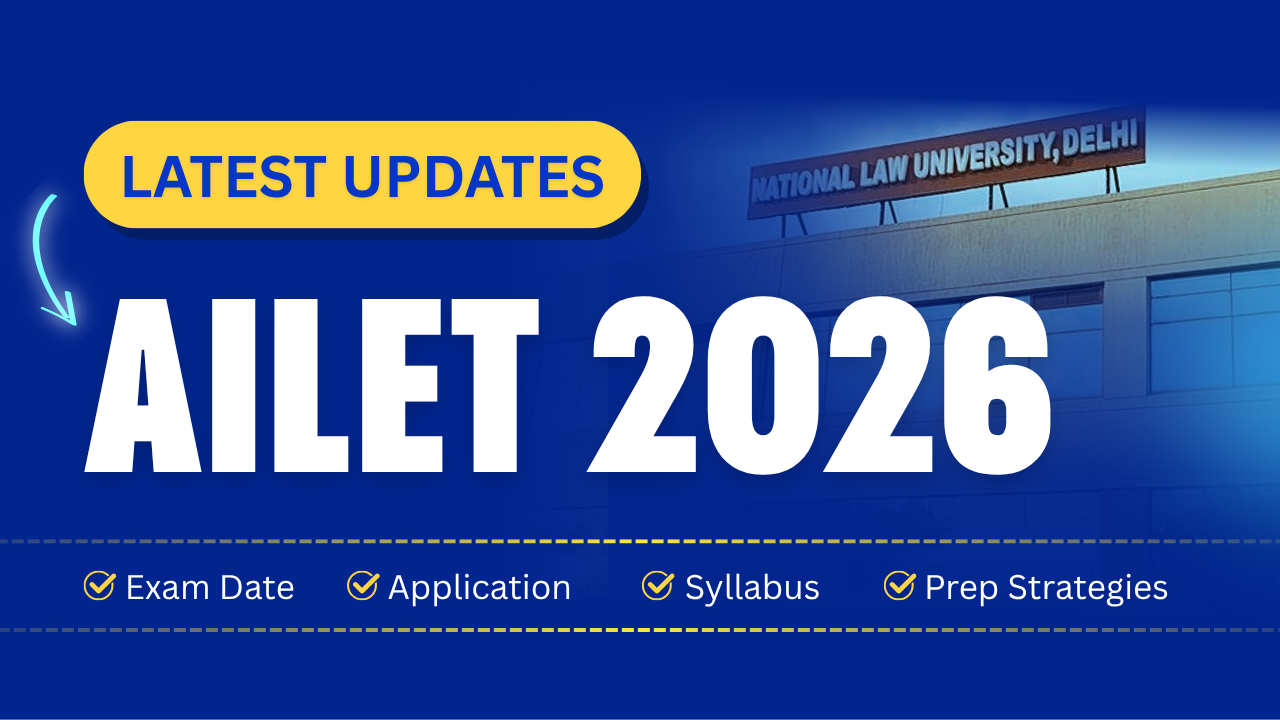By I May 11, 2024

Introduction to CLAT Logical Reasoning
The Common Law Admission Test (CLAT) is a gateway for students aspiring to enter the prestigious law schools of India. The Logical Reasoning section, in particular, is a critical component of the exam, designed to test the analytical abilities that are essential for a successful law career. This section not only examines your ability to reason logically but also your proficiency in understanding complex texts and deriving conclusions effectively.
Understanding the Structure of CLAT Logical Reasoning
The Significance of Logical Reasoning in CLAT
In the context of law, logical reasoning is paramount as it simulates the kind of thinking and problem-solving required in legal situations. The section typically represents about 20% of the total exam score, highlighting its importance.
Overview of Question Types
Questions in this section range across various formats including but not limited to:
- Syllogisms: Testing the ability to derive conclusions from given premises.
- Logical Puzzles: Evaluating the ability to understand and organize information.
- Cause and Effect Reasoning: Identifying the relationship between different statements or events.
- Analogies and Classification: Testing the ability to identify relationships or categorize items based on common characteristics.
- Deductive Reasoning: Applying general rules to specific cases to derive conclusions.
Each type of question demands specific strategies and a deep understanding of logic principles.
Preparative Strategies for Logical Reasoning
Developing a Study Plan
Effective preparation starts with a well-structured study plan tailored to the demands of the CLAT exam. This plan should include:
- Theory Review: Deep dive into logical reasoning principles and theories.
- Practice Sessions: Regular practice with a variety of question types.
- Mock Tests: Simulated exams under timed conditions to build exam-day readiness.
Critical Reading and Analysis Skills
Developing proficiency in reading quickly and comprehensively is essential. Practicing with dense legal texts or complex logical reasoning scenarios can enhance your ability to extract relevant information swiftly and accurately.
Problem-Solving Techniques
Identifying Argument Structures
Understanding how arguments are constructed is fundamental. Practice identifying the various elements of arguments, such as premises, conclusions, and hidden assumptions, which are often tested.
Pattern Recognition and Deduction
Mastering pattern recognition involves a lot of practice with sequence questions, classification tests, and logical matrix puzzles. These skills are not only crucial for the CLAT but are also valuable in legal studies and practice.
Tips and Tricks for Enhancing Accuracy
Time Management
Time is a critical factor in the CLAT. Develop the ability to judge the time each question requires and decide quickly whether it's worth pursuing immediately or marking for review.
Elimination Techniques
Mastering the art of elimination can drastically increase your test accuracy. Learn to identify and discard options that are clearly inconsistent with the information provided or logically impossible.
Common Pitfalls and How to Avoid Them
Overlooking Details
One common mistake is glossing over details that are critical for answering the question correctly. Practicing mindfulness and attention to detail during your study sessions can mitigate this risk.
Falling for Traps
CLAT examiners often set traps within logical reasoning questions to test your depth of understanding. Be vigilant and think critically about each answer choice.
Example Questions and Solutions
Analyzing a Sample Logical Deduction Question
Example: "All apples are fruits. All fruits are tasty. What conclusion follows?"
- All apples are tasty.
- Some tasty things are apples.
The correct answer is 1, which directly follows from applying the transitive property of the given statements.
Breaking Down a Logical Puzzle
Example: "Four friends — A, B, C, D — each wear a different colored shirt — red, blue, green, yellow — not necessarily in that order. Given certain clues, you must determine who wears what."
Solving this type of question involves drawing logical conclusions from the clues, systematically testing possibilities, and using a process of elimination.
Advanced Techniques and Recent Trends
Incorporating Technology in Preparation
Leveraging technology, such as CLAT preparation apps and online tutoring, can provide adaptive practice scenarios and insights into your performance trends.
Awareness of Recent Changes in Question Patterns
Keeping up to date with the latest exam patterns is crucial. Regularly reviewing the past year's papers and updates from the exam board can provide critical insights into what to expect and how to prepare effectively.
FAQs on CLAT Logical Reasoning
What is the best method to improve speed in the Logical Reasoning section?
- Regular timed practice focusing on different question types can help improve both speed and accuracy.
How important are mock tests in preparing for CLAT Logical Reasoning?
- Mock tests are vital as they simulate the exam environment, helping you manage time and stress effectively.
Can Logical Reasoning skills be improved in a short time?
- Yes, with focused and intensive practice, especially on weak areas, significant improvement can be achieved quickly.
What are some recommended resources for CLAT Logical Reasoning?
- Top recommended resources include official CLAT preparation books, online courses, and mock test series that offer a comprehensive array of practice questions and solutions.
How to stay calm during the exam while solving complex puzzles?
- Regular practice under timed conditions is essential. Also, developing a strategy to tackle easier questions first can help build confidence during the exam.
Conclusion
Mastering the Logical Reasoning section in the CLAT exam requires a blend of analytical skills, strategic preparation, and rigorous practice. By understanding the section's structure, focusing on effective problem-solving techniques, and staying updated with exam trends, candidates can significantly enhance their performance. Remember, consistent practice and a clear understanding of logical principles are the keys to success. Best of luck with your preparations!
For more informative blogs on CLAT 2025 preparation, Click Here!!



